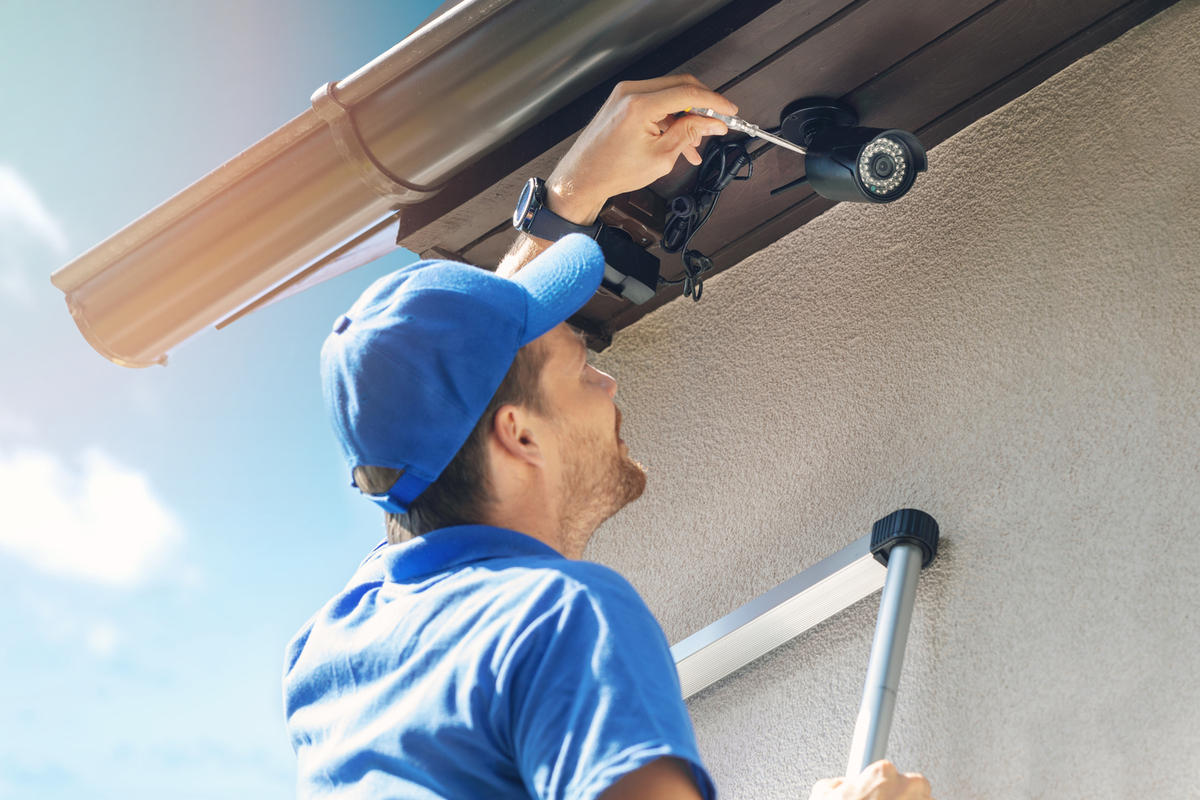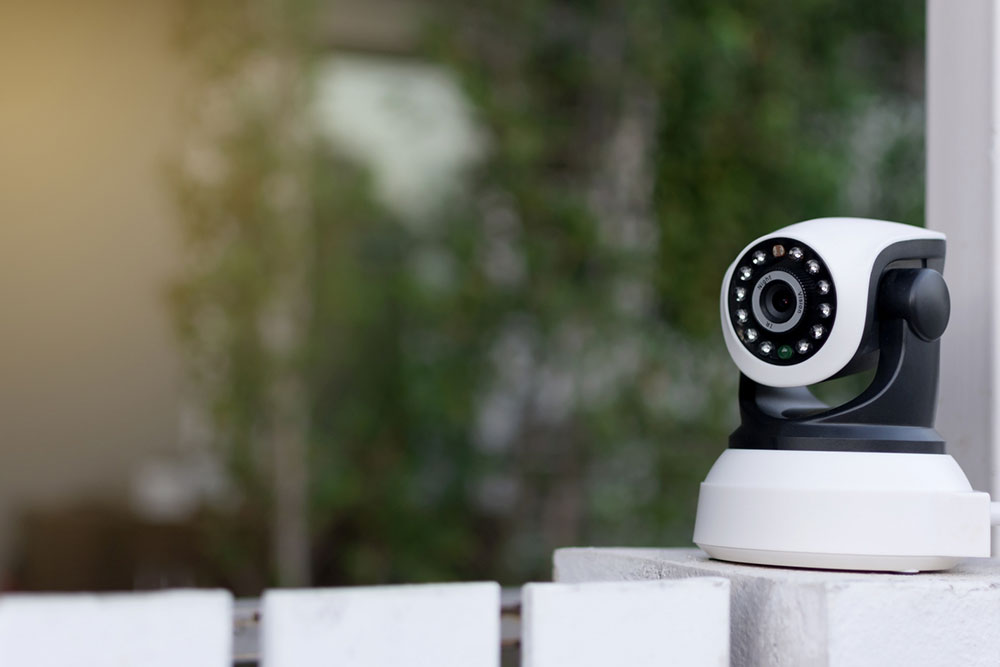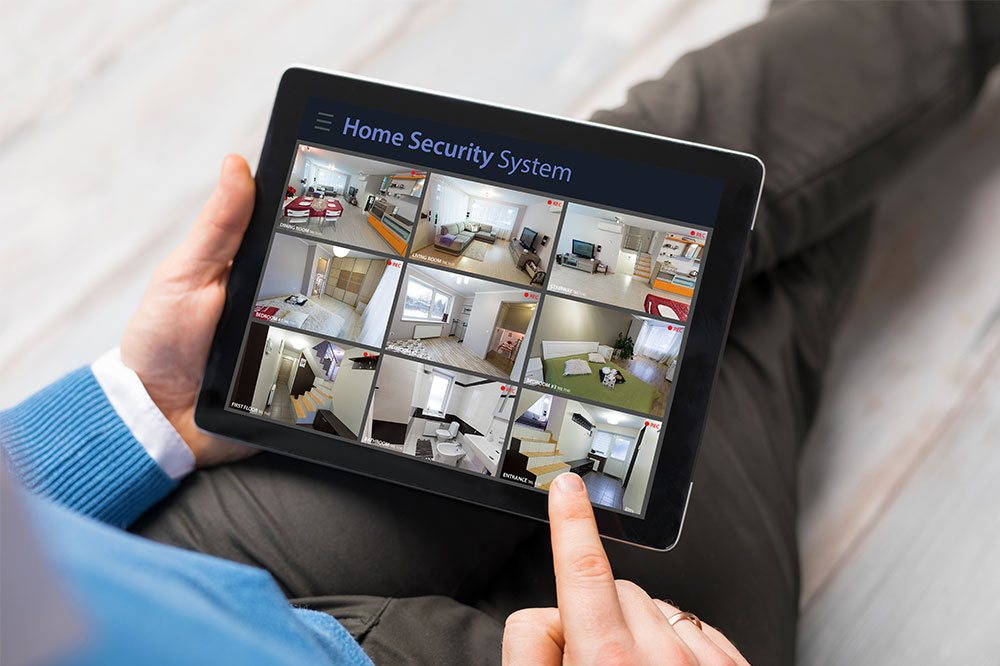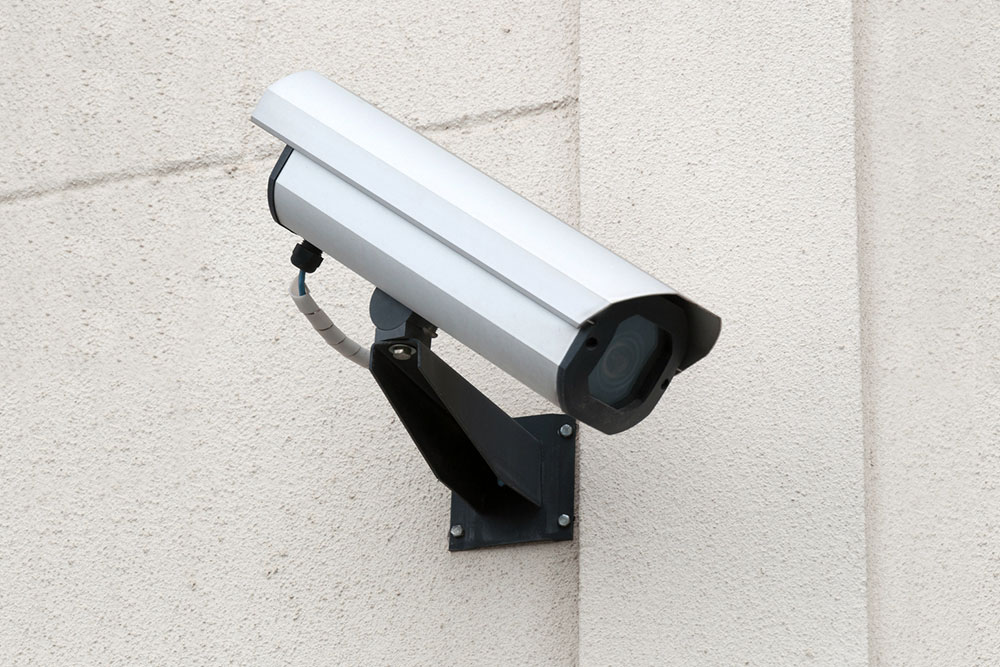Comprehensive Guide to Setting Up and Budgeting for Security Cameras
This comprehensive guide provides insights into setting up security cameras effectively while managing costs. From choosing the right camera types to optimal placement and budget considerations, learn how to build a reliable surveillance system suited for your home or business. The article covers DIY options and professional installation costs, helping you make informed decisions for enhanced security.
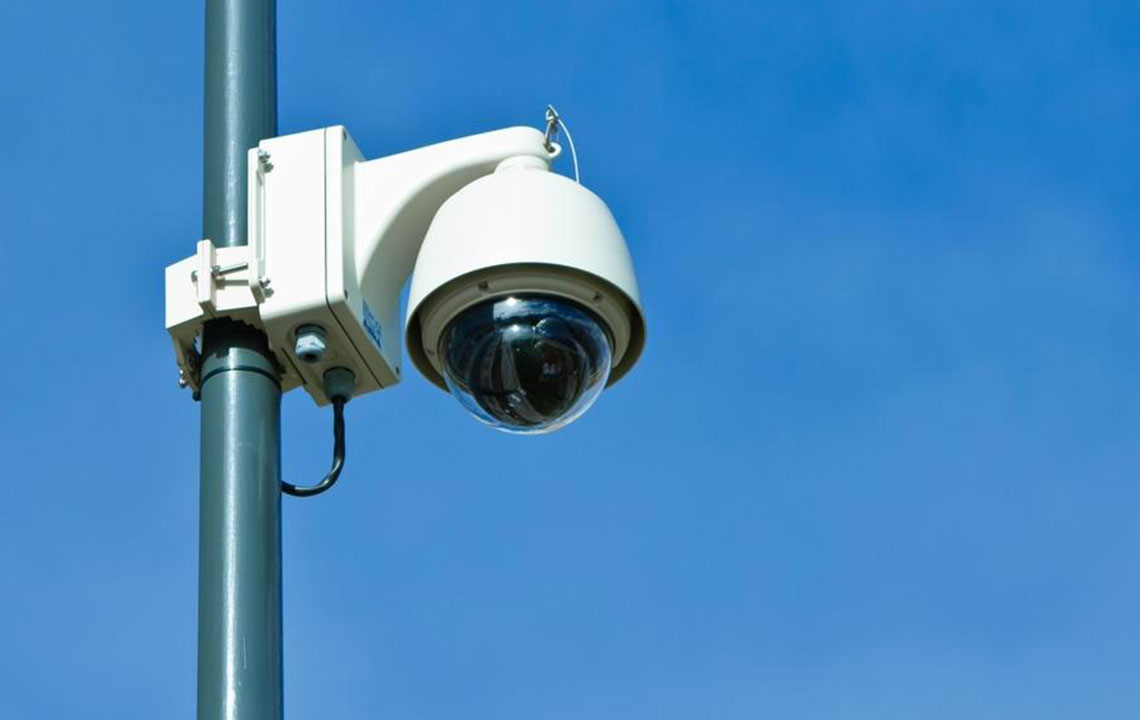
Comprehensive Guide to Setting Up and Budgeting for Security Cameras
In today's security-conscious world, installing surveillance cameras has become an essential aspect of protecting homes and businesses. The market offers a wide array of DIY security camera solutions, enabling users to install systems efficiently without incurring high professional installation costs. Whether you're aiming to monitor entry points, backyards, parking lots, or large commercial areas, understanding how to choose the right cameras and budget effectively is crucial. This comprehensive guide provides valuable insights on selecting suitable security cameras, planning your installation, and managing costs for an optimal security setup.
Understanding the variety of security cameras available is key to making an informed decision. Cameras differ in terms of technology, features, coverage area, and price. Basic models like HD analog cameras or entry-level IP cameras are perfect for smaller spaces or budget-conscious users. In contrast, advanced PTZ (pan-tilt-zoom) cameras, high-resolution IP cameras, and models with remote access or smart features cater to larger or more security-sensitive environments. Proper placement is vital—install cameras high enough to avoid vandalism, yet within effective range to capture clear footage. Weather-proof and sheltered locations will ensure durability and consistent performance.
Choosing the right mounting points is also significant. High, sheltered spots such as soffits, gables, or building sides not only protect equipment from vandalism but also provide a wider coverage area. Concealing cables along building facades or within soffits creates a tidier appearance and reduces the risk of tampering. Connectivity is another crucial aspect—most modern systems utilize combined power and data cables (PoE), simplifying installation and reducing clutter. For remote access and data storage, options include local DVR/NVRs and cloud-based services, each with their own cost implications.
Cost is an important consideration when planning a security camera system. Entry-level HD cameras generally cost between $35 and $65 each, offering adequate surveillance for small properties or interior spaces. Analog CCTV options are more affordable, typically priced from $75 to $150 per camera, and are suitable for basic monitoring needs. For higher resolution and more features, IP cameras with 1080p or 4K quality are available in the $150–$400 range. Premium models with features like night vision, motion detection, remote viewing, and weather resistance can cost between $500 and $1200 per unit, especially when covering large areas or outdoor environments.
Pan-Tilt-Zoom (PTZ) cameras are advanced units that provide dynamic control over field of view, allowing remote operators to zoom in on distant objects or pan across wide areas. These cameras are ideal for monitoring large outdoor zones, critical infrastructure, or parking lots. While PTZ models are generally more expensive, their flexibility often justifies the investment, especially for comprehensive surveillance strategies.
When considering installation, professional setup costs vary depending on system complexity, number of cameras, and installation location. For small-scale systems, DIY installation can significantly reduce expenses, with many tutorials and guides available online. For larger or more complex systems, hiring experienced technicians might be necessary, which typically adds $1,500–$4,000 to the total budget. This fee covers equipment installation, configuration, and testing, ensuring the system operates reliably to meet your security needs.
To get the most value from your investment, compare different brands and models, paying close attention to user reviews, warranty coverage, and technical support. Think about future expansion—selecting modular systems that can add cameras easily later can save costs in the long run. Also, consider the costs of ongoing services such as cloud storage subscription plans or maintenance, which can enhance the system's reliability and security.
In summary, setting up a security camera system involves careful planning and budgeting. By understanding the types of cameras available, their features, placement strategies, and associated costs, you can create an effective surveillance system that fits your security needs and budget. Whether you're installing for residential safety or safeguarding a commercial property, a well-designed surveillance system provides peace of mind and enhances security.
